Software and methodology development
Making tools for computational materials science.
I am are interested in developing tools for material simulations and use them to solve real-world problems.
Band structure unfolding
When a supercell is used for simulation, the band structure becomes folded in the reciprocal space. We have developed easyunfold, a Python package aimed at simplifying the process and help data provenance and sharing [1].
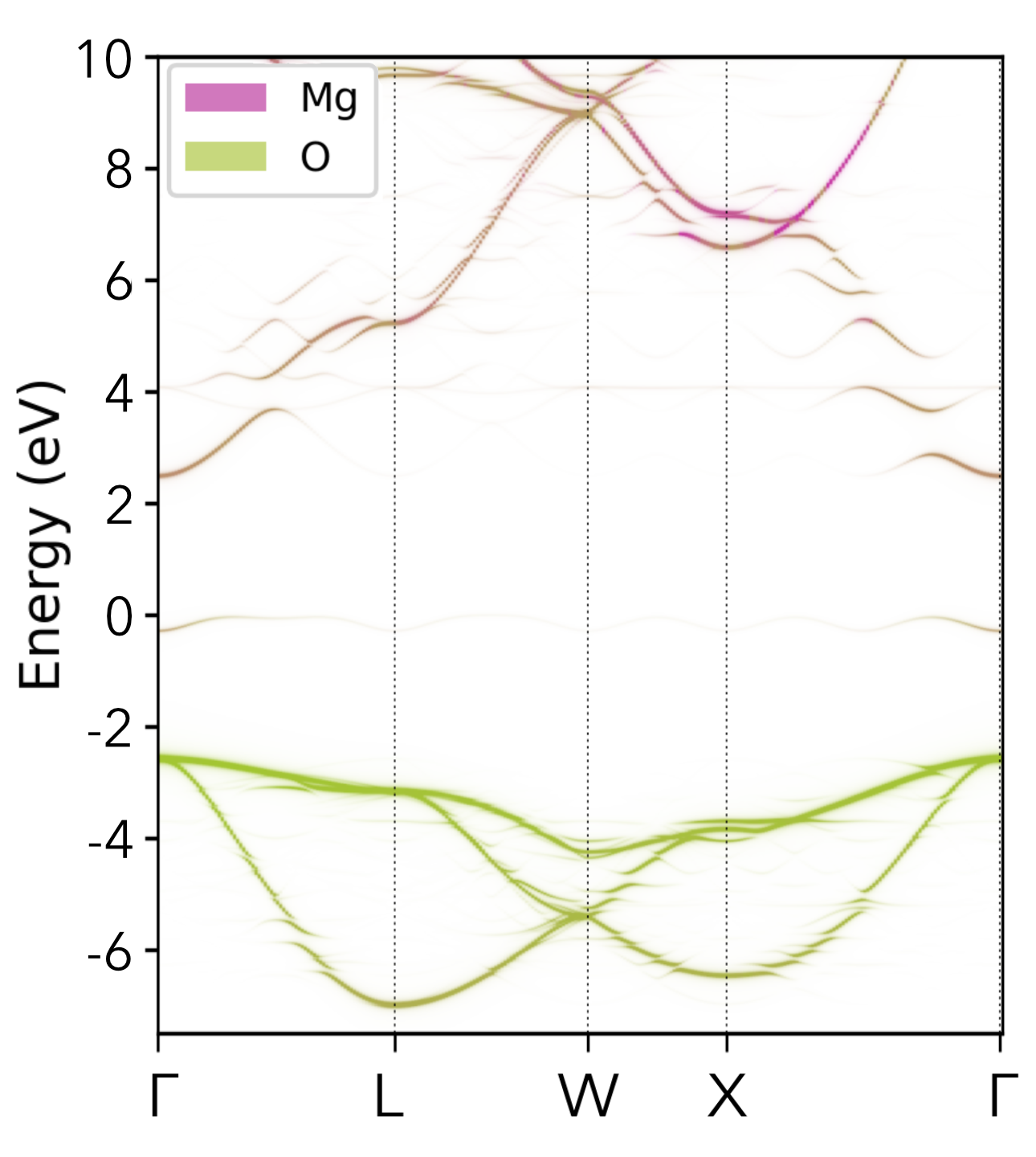
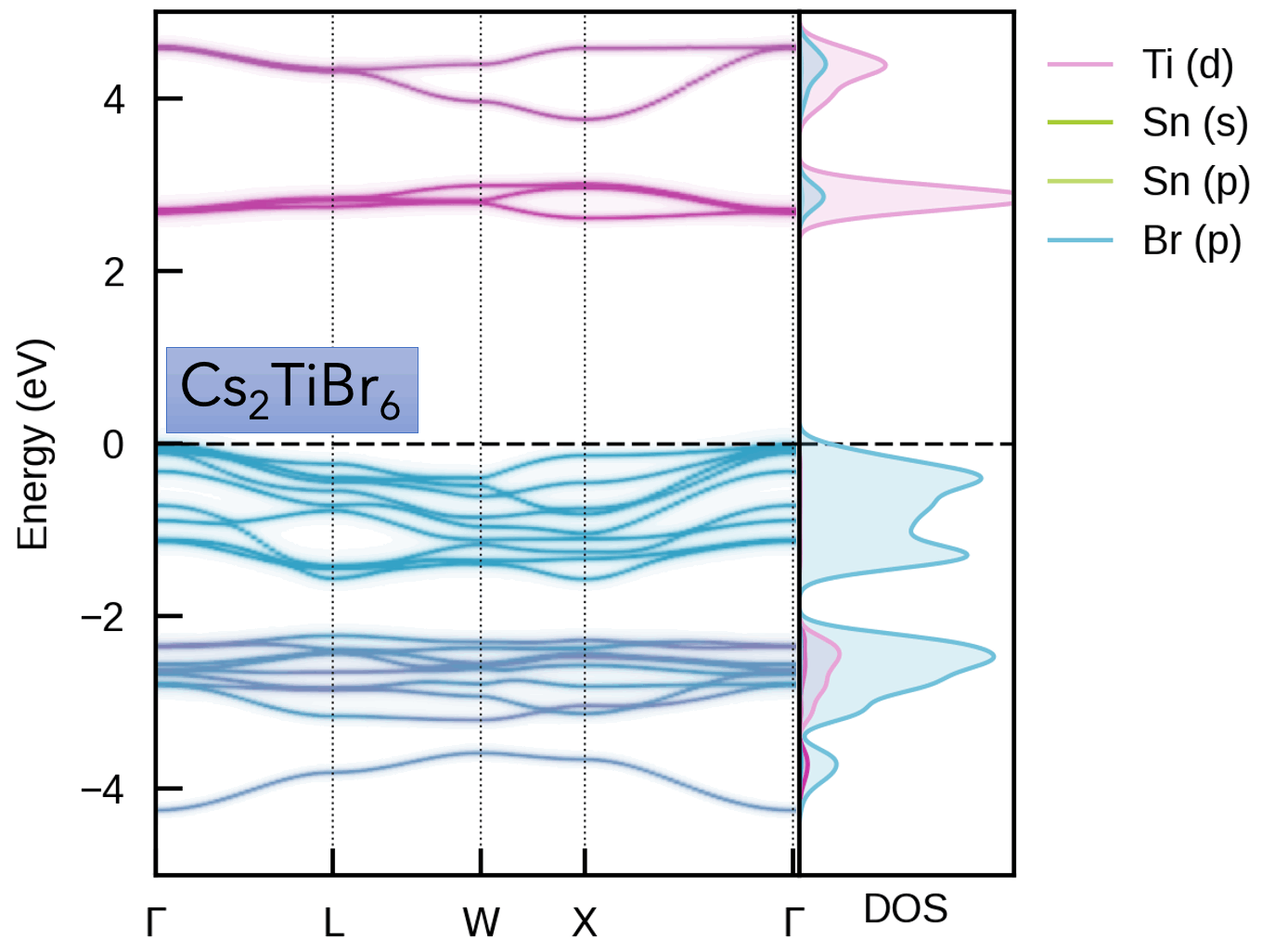
High-throughput workflows
AiiDA is a platform for executing calculations (workflows) and keeping track of data provenance while performing complex automated workflows [2]. We have developed plugins to interface it with density functional theory codes:
- aiida-vasp: The interface to the VASP code.
- aiida-castep: The interface to the CASTEP code.
- aiida-grouppathx: A tool to organize provenance data in a file-and-folder style.
Both package also includes workflows to handle calculation error and automate simple routine tasks such as structure optimization and band structure calculations.
Advanced workflows can be found in the aiida-user-addons package, such as those for magnetic configuration enumeration, voltage curve calculation.
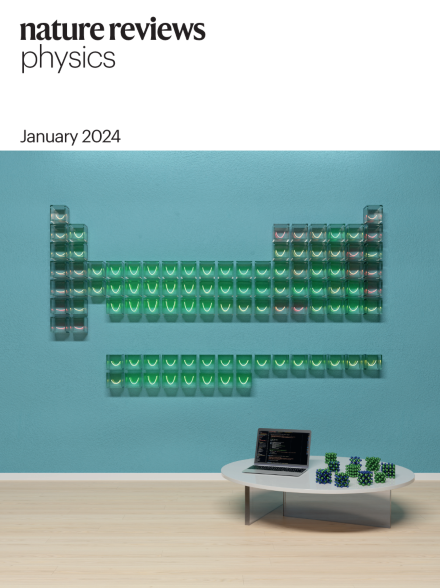
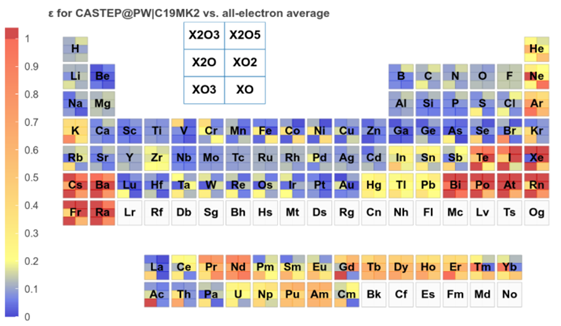
I have also developed a package to automate the process of running ab initio random structure searching (AIRSS) and analysing the results. This package is called DISP and is primarily aimed at running large scale searches distributed on multiple computers with flexibility and scalability. It uses a central database to store workflow data and results (so more like atomate).
Nonelinear optics
NLOTools.jl is a tool for computing linear and non-linear optics properties of materials. Primarily aimed for use with the CASTEP code but also compatible with VASP. This code will be open-sourced in the near future.
EDDP.jl
EDDP.jl (the package name may change in the near future in compliance with Julia naming conventions) is a Julia implementation of the Ephemeral Data-Driven Potential (EDDP) aim at efficiency and being test beds for further developments.
EDDP is a simple approach to construct machine learning interatomic potential for accelerating crystal structure prediction [3]. The atomic environments are described with up to three-body terms with Lennard-Jones inspired expansion terms. The descriptors are them fed to a ensemble shallow neural networks for prediction of energy of forces.
This approach is well-integrated with ab initio random structure searching (AIRSS).
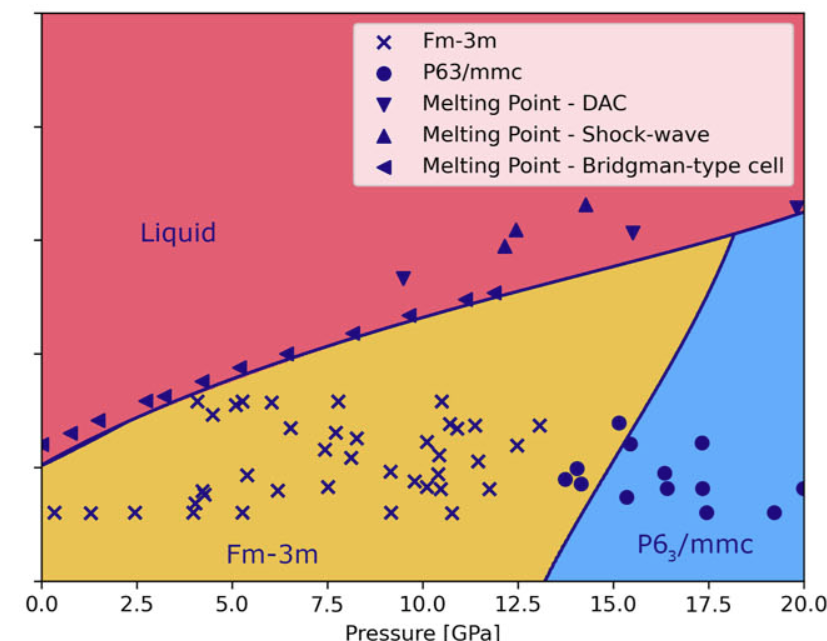
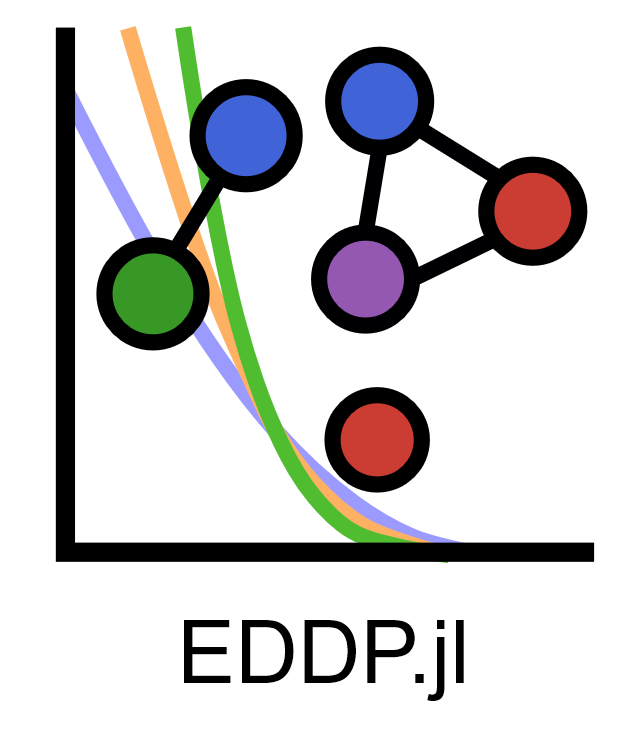
References
2024
- easyunfold: A Python package for unfolding electronic band structuresJournal of Open Source Software, Jan 2024
- How to verify the precision of density-functional-theory implementations via reproducible and universal workflowsNature Reviews Physics, Jan 2024
2023
- Developments and further applications of ephemeral data derived potentialsThe Journal of Chemical Physics, Oct 2023